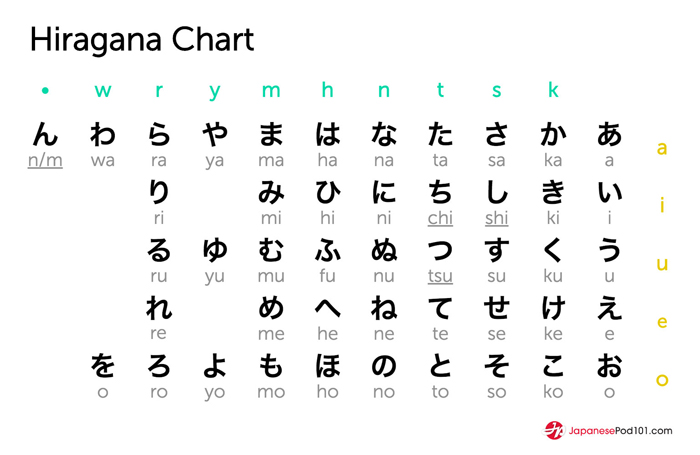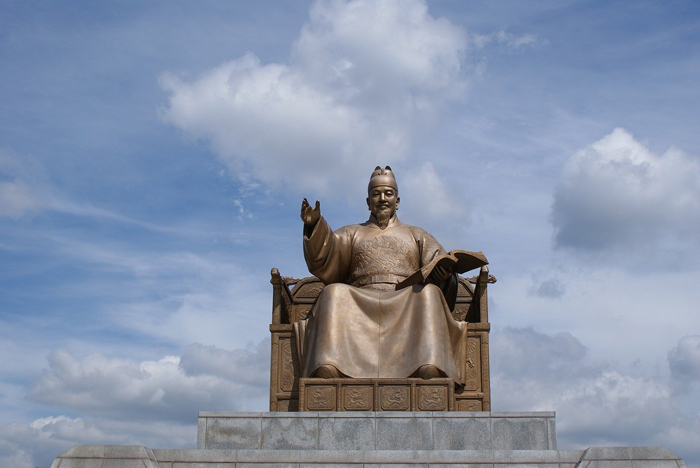
October 9th is Hangul Day, and it is also known as the Korean Alphabet Day. It is said that King Sejong the Great created Hangul in 1443, having sympathy for his people, who had many difficulties due to the difference between the Korean language and the Chinese characters. It is said that most of the common people could not read or understand Chinese characters before the invention of Hangul. Commemorating the excellent value of Korea’s own writing system, The Islander would like to introduce some linguistic points about Hangul.
Writing systems around the world can be simply separated into two: phonograms and ideograms. A phonogram is a group of letters, and it combines a limited number of letters to represent sound and to create words. Generally, each of the letters does not have meaning. On the other hand, an ideogram is a symbol, and each symbol has meaning or meanings. Well-known phonograms are the English alphabet and Hangul, and ideogram is the Chinese characters.
What do you think of Hangul? Here are some answers to several questions about Hangul, contributed by Jose and Emily. Jose is from Mexico whose mother tongue is Spanish, and he also speaks English fluently. Emily is from America, and her first language is English and Japanese. Moreover, she speaks Korean proficiently.
What was your first impression of Hangul?
/ Jose / The first thing that catches your eye when you see Hangul is how pretty it is. The round letters make it an alphabet with pretty good aesthetic. Nevertheless, before I learnt how to read it, I always thought that it was very difficult to master. Whenever you look at Korean dramas, movies or just photos of Korean cities, you can see the prominent and colorful signs that are written in Hangul, which makes Korean landscapes very characteristic and attractive.
/ Emily / My first impression of Hangul was that they looked like interesting because there were circles and the sound of the characters would change when you add a line. I thought it was really systematic and easy to remember. I was also surprised that there were so many characters that sound the same and the combined vowels were hard to memorize.
Is there something special about Hangul?
/ Jose / Hangul, for me, is a reflection of Korean culture and its people. Compared to other alphabets with many symbols and letters, Hangul is a pretty straightforward alphabet since the number of letters given and the possible combination between them is uncomplicated. Most people that I know of, did not take a long time to master Hangul (with some YouTube videos teaching Hangul in just “1 hour” or less). Korean people are always in a hurry, trying to do as many things as they can in the shortest time possible, the ‘Ppalli-Ppalli (Fastfast)’ culture. And Hangul is very much the same, its letters allow to have an easy, convenient and efficient pronunciation for the speaker. This comes from its history, rooting back to King Sejong and his desire for
Korean people to access knowledge in an easy way. Additionally, as I mentioned, it is really pretty to read/look at. Korea is a country where everything has to look pretty, like its landscapes, cities, beaches, and even people. The physical appearance of things is an important factor in Korean society, and Hangul does display that. In conclusion, if we were to look at Korean culture and society through just one element, Hangul is the perfect element to analyze and understand.
/ Emily / What’s special about Hangul is that they were constructed to fit a spoken language, which is unlike most scripts that have evolved over time.
When compared with your written language, what is the most prominent difference?

/ Jose / Compared to the Spanish alphabet, Hangul is completely different. My alphabet is based on the Latin alphabet, the one English, French, Italian, and many languages that have a common root use. However, in the Spanish Alphabet there are 27 letters, plus the combinations that diacritic symbols can have in vowels to point out a difference in pronunciation. In contrast, Hangul has only 24 letters that can have many combinations, but those 24 letters remain the same. Therefore, I believe that not only Hangul is easier to read and write, but it is very clear.
As stated above, alphabets represent societies and the culture developed through knowledge. Compared to Hangul, the Latin Alphabet is used by many cultures that modified it according to their social needs. Spanish alphabet can be difficult to read in some cases, since the sound that it represents, and the number of letters that need to be written can be a lot. But I think that represents, compared to Hangul, the different rhythms of life. While Korean lifestyle is focused on being effective and
dynamic, life in Spanish-speaking countries can be more relaxed and pleasant. Moreover, Korea has its unique alphabet that needs to be learnt in order to understand it. Hangul is not shared by any other country, and it demonstrates the value and importance that traditional cultural values hold in Korea.

/ Emily / Unlike Japanese that has a character for each set of consonant and vowel sounds, Hangul are like building blocks, so a lot of sounds are represented with fewer letters. Also, unlike Japanese there is no need to memorize thousands of Chinese characters. English and Hangul are similar in the way that they are phonetic and each letter represents a sound. However, they are different because in Hangul the letters are combined, while in English they are always written laterally. Also, English has capital and lowercase letters, while in there is only one way to write the letters of Hangul.


